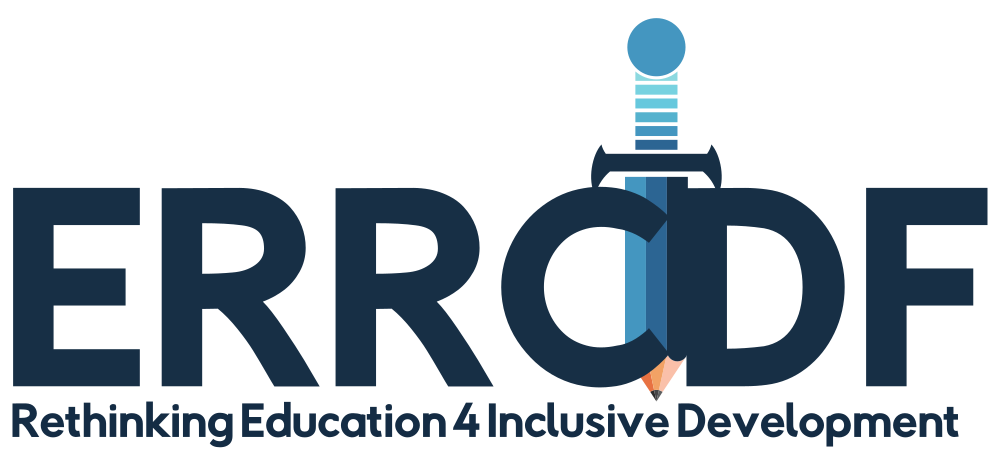Addressing the Trajectory of Cultural and Gender Discrimination among Marine Women Officers
DOI:
https://doi.org/10.51986/ijss-2021.vol1.03Keywords:
Captaincy roles, Cultural and gender discrimination, Joint generalized linear models, Marine women officers, Racial discrimination, SeafaringAbstract
Seafaring is openly challenging working circumstances for females. For the last twenty-two years, females in western countries have been interested in joining the fleet, but as the captaincy roles aboard, their numbers are minimal compared to other jobs. In every working place, females always face many unusual problems, which are more in seafaring. The manuscript derives the discrimination factors of marine women officers (MWOs) onboard due to cultural (or racial) or being a woman using the experiences of 149 women officers from 18 different countries. Two experiences such as onboard discrimination due to cultural reasons (DDCR) and not being promoted in the company as being women (NPCW) for MWOs are considered the responses in the present study. It was found out that mean DDCR is positively associated with age (P=0.0313), nationality (P=0.0047), current position onboard (P=0.1051), while it is negatively associated with cohabitation (P=0.0137) and type of contract (P=0.0719). Variance of DDCR is negatively associated with male companions' support (P=0.1432). Also, mean NPCW is negatively associated with her male companions' support (P<0.0001), while its variance is positively associated with professional qualification (P=0.1317). It was found out herein that MWOs from other nations (except Spanish) at older ages, second class officers, staying single with temporary contracts are highly discriminated against based on cultural (or racial) reasons. In addition, MWOs with higher male companions' support are very rarely promoted in the company.
References
Carol-Dekker, L., & Sultan, S. (2016). Reflections on the psycho-social distress within the international merchant navy seafaring community. Journal of Psychology, 7, 53-60. https://doi.org/10.1080/09764224.2016.11907844
Cordon, J. R, Sánchez, N. E., & Navas, J. M. M. (2020). Female Officers on Board: Prejudices, Stereotypes and the Leadership Role. Ann Cogn Sci, 4(1), 174-184. https://doi.org/10.36959/447/350
Das, R. N. (2014). Robust response surfaces, regression and positive data analyses. Chapman & Hall.
Das, R. N. (2012). Discrepancy in fitting between log-normal and gamma models: An illustration. Model Assisted Statistics and Applications, 7(1), 23-32. https://doi.org/10.3233/MAS-2011-0198
Das, R. N., & Park, J. S. (2012). Discrepancy in regression estimates between Log-normal and Gamma: Some case studies. Journal of Applied Statistics, 39(1), 97-111. https://doi.org/10.1080/02664763.2011.578618
Hastie, T., Tibshirani, R., & Friedman, J. (2009). The Elements of Statistical Learning (Second edition). Springer-Verlag, New York.
ILO (2019). Women in the transport sector. ILO, Geneva.
IMO (2019a). Regulatory scoping exercise for the use of Maritime Autonomous Surface Ships (MASS). International Maritime Organization.
IMO (2019b). IMO’s gender programme: New logo to increase visibility for women in maritime. International Maritime Organization.
ISWAN (2019). Promoting and supporting the welfare of seafarers. International Seafarers' Welfare and Assistance Network
Manzano, J. V. (2014). [Review of Filipino Crosscurrents: Oceanographies of Seafaring, Masculinities, and Globalization, by K. B. FAJARDO]. Philippine Studies: Historical & Ethnographic Viewpoints, 62(2), 289–292. http://www.jstor.org/stable/24672300
Kitada, M., Williams, E., & Froholdt, L. L. (2015). Maritime women: Global leadership. Springer-Verlag.
Lee, Y., Nelder, J. A., & Pawitan, Y. (2017). Generalized Linear Models with Random Effects (Unified Analysis via H–likelihood) (Second Edition). Chapman & Hall.
WMU (2020). Serving the global maritime community through education, research and capacity building. World Maritime University.
UIC (2019). Women and transport: An opportunity for the industry and for new forms of mobility. Catherine Trautmann.
Downloads
Published
How to Cite
Issue
Section
License
Copyright (c) 2021 Mahashweta Das

This work is licensed under a Creative Commons Attribution-NonCommercial-NoDerivatives 4.0 International License.










